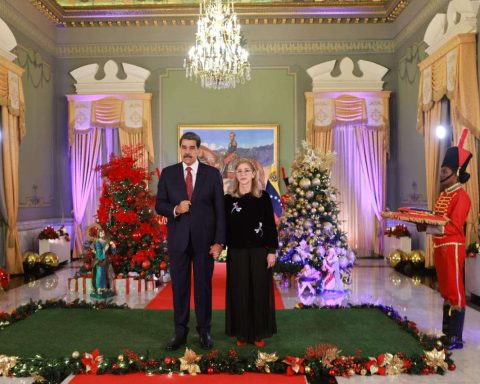In Peru, there are more than 2.8 million Business most of which are SMEs. In addition, of the micro and small companies that represent 99.1% of all Peruvian companies, according to the Central Directory of Companies and Establishment of the National Superintendency of Customs and Tax Administration (SUNAT).
The Peruvian economy is in a context of economic slowdown; which implies that the pace of economic growth is slowing down; however, if it falls for three consecutive quarters, we would already be talking about a recession.
“We are entering the final stretch of 2022 and with it both the balance sheets and the projections for 2023 in the business field are beginning to appear. Thus, October is the ideal month to start the budget process for the following year, a key management tool that allows us to see the growth capacity of the business” points out, Juan Lastra, commercial manager of KAME ERP.
Precisely, the KAME ERP specialist, makes known some recommendations to prepare the budget of an SME for 2023:
- Prepare the budget in advance. Although large companies start earlier, SMEs usually start preparing it in October. On the one hand, it is better to start the process with a good lead time, but on the other hand, it is also essential to do it close to the beginning of the following year, in order to forecast more accurately. In addition, it should be kept in mind that the most used is to budget the items based on the Income Statements, which do not necessarily depend on the same area, so closing a definitive budget projection is not something immediate.
LOOK: Do you know the advantages of formalizing your entrepreneurship? Here we tell you
- Review what happened during the previous year. If it is a company with a history, it is key to review what happened during the previous year, adding or removing new services and/or products, new hires or installations, etc. If you are a company that is just starting out, the same Business Plan can be used as a budget. Economic variables, such as the dollar, must also be considered, especially if, for example, you buy or sell in US currency.
- Use software created specifically to control budgets. The most used is Excel, as well as there are software created specifically to control budgets, although these alternatives do not allow online comparison with what actually happens. “Thinking about simplicity and ease of use, what we, as KAME ERP, did was allow you to load the budget from Excel and then automatically compare it with reality, even by business unit. In this way, it allows, for example, a construction company to know in real time how it is doing with respect to a certain work”Lastra explains. “In addition, if you budget your sales, just by entering KAME ERP you will be able to see a graph of how the real situation is going versus the budgeted one”, complements.
- Review the assumptions underlying each item. In order to adapt to what is happening, it is essential to review the assumptions underlying each item, for example, to budget rental expenses, it is very useful to keep in mind the number of offices that make up the total, so if the expenses were higher or lower than planned, it can be verified if it was due to the price or the number of spaces rented.
- Save on games. This aspect will depend a lot on the business category. However, one of the great lessons left by the pandemic has to do with the contribution of technology, both in teleworking and in digital transformation. A more efficient company will undoubtedly lower costs.















